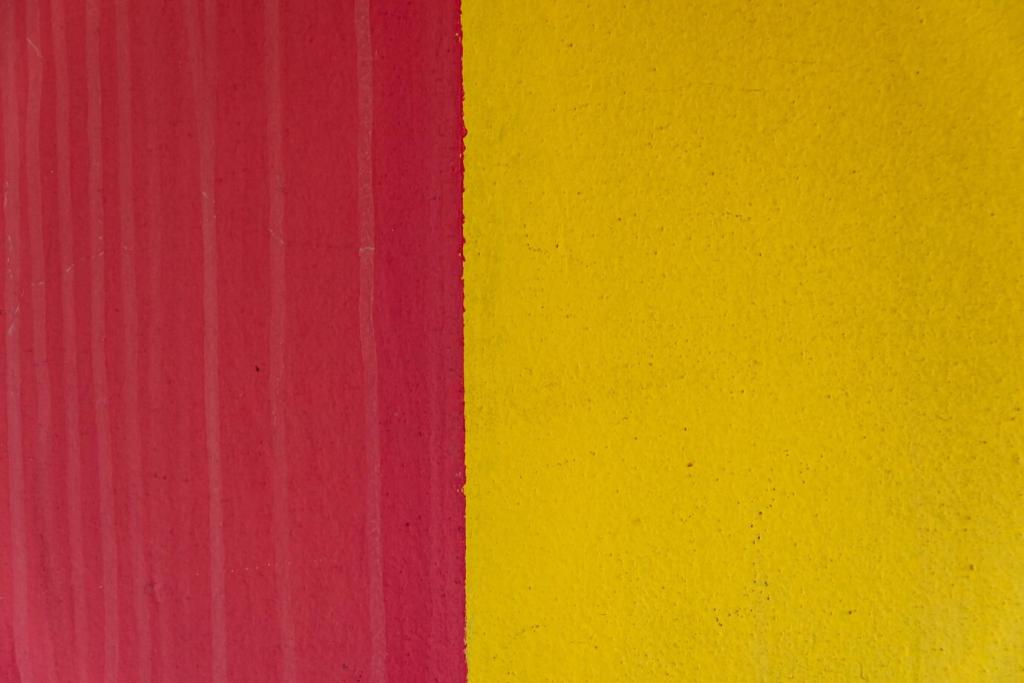Chosen Theme: Decluttering for a Minimalist Home
Studies show that visual clutter raises stress and saps attention, while clean surfaces help the brain prioritize. By removing excess, you reduce cognitive load, lower decision fatigue, and make room for restorative moments that feel like a deep exhale after a long day.
Why Decluttering Matters in a Minimalist Home
Entryway reset
Your entryway sets the tone. Remove duplicate shoes, retire out-of-season layers, and add a simple tray for keys. A narrow bench with hidden storage keeps necessities handy without visual clutter. Share your before-and-after to inspire someone facing a chaotic doorway.
Kitchen counter clarity
Counters invite piles, so make them sacred. Store appliances you rarely use, keep only daily tools visible, and corral mail in a labeled folder. Meal prep feels calmer when every knife, board, and spice has a predictable home. What one gadget can you release today?
Bedroom sanctuary setup
Treat your bedroom like a quiet retreat. Remove laundry piles, clear nightstands, and fold only favorite linens in reachable places. A neutral palette and empty surfaces encourage better sleep. Tell us the one item you’ll relocate to restore rest: a stack of books, or stray tech.
Decisions Made Easy: Keep, Donate, Recycle
If an item costs less than twenty dollars and can be replaced in twenty minutes, consider letting it go. This rule frees you from the “just in case” trap. Share one small object you’ll release today using this guideline, and what clarity it creates for you.

Stories That Stick: Real Moments of Letting Go
A reader kept twelve mugs for guests who never came. She donated eight, kept four favorites, and suddenly had room for fruit on the shelf. Mornings felt spacious. What duplicate item could you part with to invite ease into your routine?
Stories That Stick: Real Moments of Letting Go
Another reader sorted a tangle of mystery cords, labeled keepers, and recycled the rest. Setup time for work dropped drastically, and frustration followed. Post your own drawer victory, plus one tip that spared you from future knots and unnecessary purchases.
Systems That Keep Clutter Away
One in, one out
When something new enters, something old exits. This boundary protects drawers from swelling and forces intentional choices. Keep a visible donation bag to make releases effortless. Comment with the category where you’ll apply this today—clothes, books, or kitchen tools.
Homes and labels
Give everything a home and make it obvious. Use clear bins, simple labels, and consistent zones. When items drift, it signals either too much stuff or a missing container. Share a photo or description of a labeled spot that now saves you daily minutes.
Weekly reset ritual
Choose a small weekly window to return items, empty surfaces, and take donations out. Pair the ritual with tea and a playlist so it feels rewarding. Tell us your reset day and one habit that makes it stick even when life gets busy.

Photograph, then cherish
Capture images of keepsakes, write a short memory, and compile a digital album. You keep the story without storing bulk. Post one item you’ll photograph today and the memory line you’ll add, inspiring others to honor without hoarding.
Curate a memory box
Choose one box per person for treasures that truly sing. Review it annually with curiosity, not guilt. This boundary keeps sentiment special. Share your first three items that make the cut, and why they deserve premium space in your life.
Honor through use
If you love it, use it. Display Grandma’s bowl at dinner, wear the scarf on walks, and let stories travel. Objects earn their keep by participating. Comment with one sentimental piece you’ll put back into daily rotation and how it brightens your routine.

